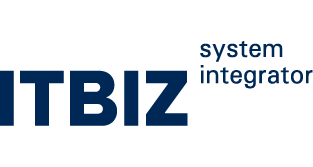
Description
The regional communication operator "Maximum-Net" provides Internet access services, television, construction of data networks.
Own reference fiber-optic network, trunk channels with a capacity of more than 10 Gb/s. Fail-safe topology provides exceptional reliability and high-quality services.
The company has been operating in the market since 2007.
